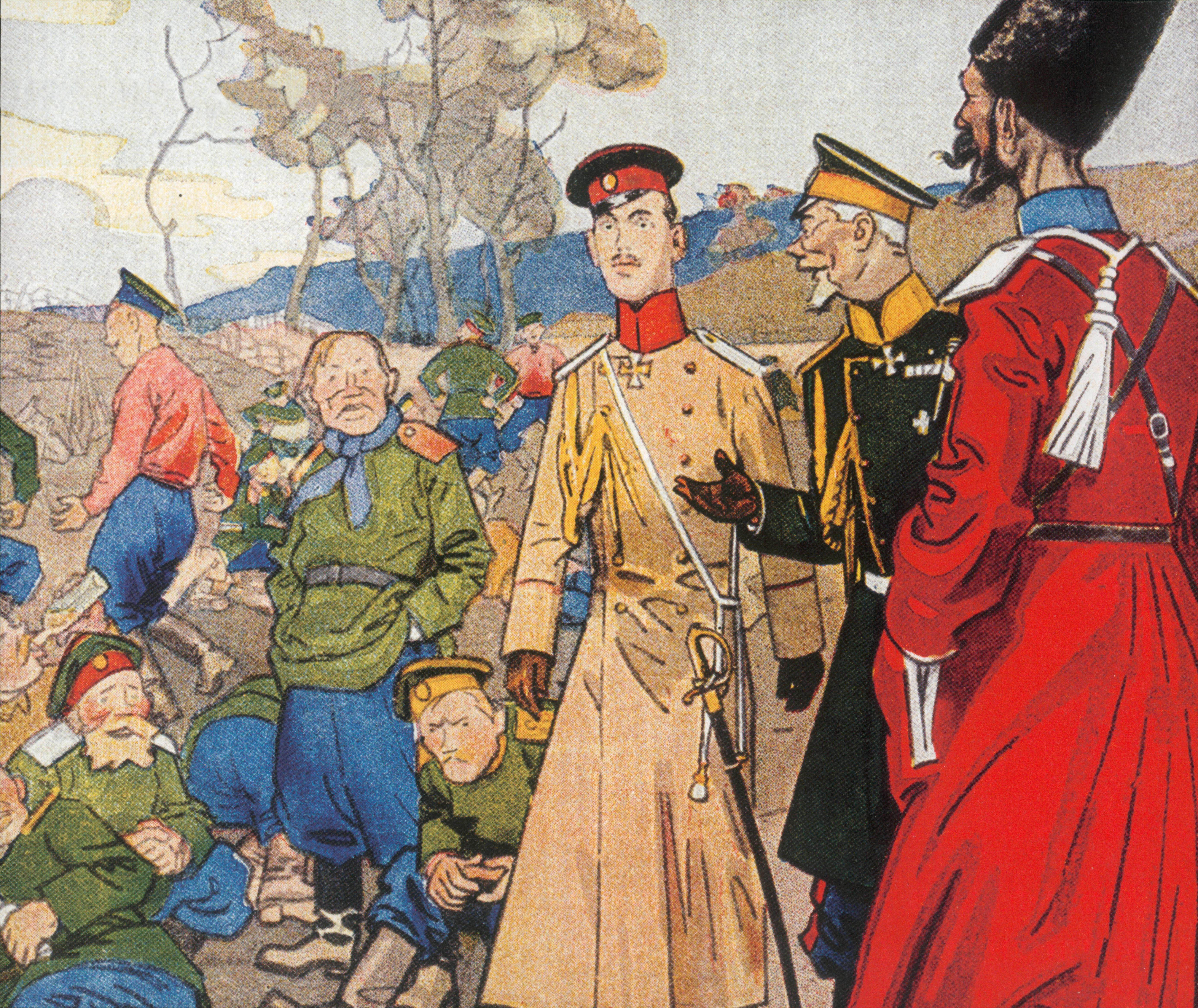|
41st Army Corps (Russian Empire)
The 41st Army Corps was an Army corps in the Imperial Russian Army. 1915-16 * 9th Army 1916-17 As part of the 7th Army the 41st Corps took part in the Kerensky Offensive. Although they consisted of seven divisions rather than the standard four, they were however significantly understrength as the average strength of the rifle the rifle companies was 80 as opposed to the nominal 250 on account of mass desertions. Their divisions consisted of: * 113th Division * 5th Trans-Amur Division * 3rd Trans-Amur Division * 74th Siberian Division Reserves: * 23rd Division * 108th Division * Polish Division References {{Russian Empire Ground Forces Corps of the Russian Empire ... [...More Info...] [...Related Items...] OR: [Wikipedia] [Google] [Baidu] |
Imperial Russian Army
The Imperial Russian Army (russian: Ру́сская импера́торская а́рмия, tr. ) was the armed land force of the Russian Empire, active from around 1721 to the Russian Revolution of 1917. In the early 1850s, the Russian Army consisted of more than 900,000 regular soldiers and nearly 250,000 irregulars (mostly Cossacks). Precursors: Regiments of the New Order Russian tsars before Peter the Great maintained professional hereditary musketeer corps known as ''streltsy''. These were originally raised by Ivan the Terrible; originally an effective force, they had become highly unreliable and undisciplined. In times of war the armed forces were augmented by peasants. The regiments of the new order, or regiments of the foreign order (''Полки нового строя'' or ''Полки иноземного строя'', ''Polki novovo (inozemnovo) stroya''), was the Russian term that was used to describe military units that were formed in the Tsardom of Rus ... [...More Info...] [...Related Items...] OR: [Wikipedia] [Google] [Baidu] |
Russian Army (1917)
In 1917, the Russian Army formally ceased to be the Imperial Russian Army when the power in Russia was transferred from the Empire to the Provisional Government. After the February Revolution the systems of command and of supply of the army were disrupted. The army became tired of World War I. The revolutionary wave influenced the Army, and it was swept with the processes of democratization and the single line of command was questioned. The Order No. 1 issued by the Petrograd Soviet instructed soldiers and sailors to obey their officers and the Provisional Government only if their orders did not contradict the decrees of the Petrograd Soviet. The interpretation of the Order, both at the time and by the historians has been a matter of controversy. While many scholars agree that the order severely disrupted the army discipline, John Boyd argued that in fact, the order's intention was to restore the discipline and it clearly stated that it was to be applied only to the troops ... [...More Info...] [...Related Items...] OR: [Wikipedia] [Google] [Baidu] |
World War I
World War I (28 July 1914 11 November 1918), often abbreviated as WWI, was one of the deadliest global conflicts in history. Belligerents included much of Europe, the Russian Empire, the United States, and the Ottoman Empire, with fighting occurring throughout Europe, the Middle East, Africa, the Pacific, and parts of Asia. An estimated 9 million soldiers were killed in combat, plus another 23 million wounded, while 5 million civilians died as a result of military action, hunger, and disease. Millions more died in genocides within the Ottoman Empire and in the 1918 influenza pandemic, which was exacerbated by the movement of combatants during the war. Prior to 1914, the European great powers were divided between the Triple Entente (comprising France, Russia, and Britain) and the Triple Alliance (containing Germany, Austria-Hungary, and Italy). Tensions in the Balkans came to a head on 28 June 1914, following the assassination of Archduke Franz Ferdi ... [...More Info...] [...Related Items...] OR: [Wikipedia] [Google] [Baidu] |
9th Army (Russian Empire)
The Russian 9th Army was a World War I Russian field army that fought on the Eastern theatre of war. Field management was established in August 1914. The unit fought on the Southwestern Front from August 1914 to December 1916 and then on the Romanian Front, until it was disbanded in 1918. Commanders * 9 August 1914 – 18 April 1917 — General of Infantry Platon Lechitsky * 18 April 1917 – 11 August 1917 — Lieutenant-General Gieorgij Stupin * 11 August 1917 – 9 September 1917 — Lieutenant-General Vladimir Cheremisov * 9 September 1917 – ? September 1917 — Lieutenant-General Julian Bielozor * ? September 1917 – ? November 1917 — Lieutenant-General Anatolij Kiełczewskij See also * List of Russian armies in World War I * List of Imperial Russian Army formations and units This article lists Imperial Russian Army formations and units in 1914 prior to World War I mobilisation for the Russian invasion of Prussia and the liberation Austro-Hu ... [...More Info...] [...Related Items...] OR: [Wikipedia] [Google] [Baidu] |
7th Army (Russian Empire)
{{mil-unit-dis ...
A number of nations have a Seventh Army: Germany * 7th Army (German Empire), a World War I field army * 7th Army (Wehrmacht), a World War II field army Russia/Soviet Union * 7th Army (Russian Empire) * 7th Army (RSFSR) * 7th Army (Soviet Union) Others * Seventh Army (France) * Seventh Army (Italy) * Seventh Army (Ottoman Empire) * 7th Army (Austria-Hungary) * Seventh United States Army * 7th Army (Kingdom of Yugoslavia) * Seventh Army (Nationalist China) A number of nations have a Seventh Army: Germany * 7th Army (German Empire), a World War I field army * 7th Army (Wehrmacht), a World War II field army Russia/Soviet Union * 7th Army (Russian Empire) * 7th Army (RSFSR) * 7th Army (Soviet Union) ... [...More Info...] [...Related Items...] OR: [Wikipedia] [Google] [Baidu] |

